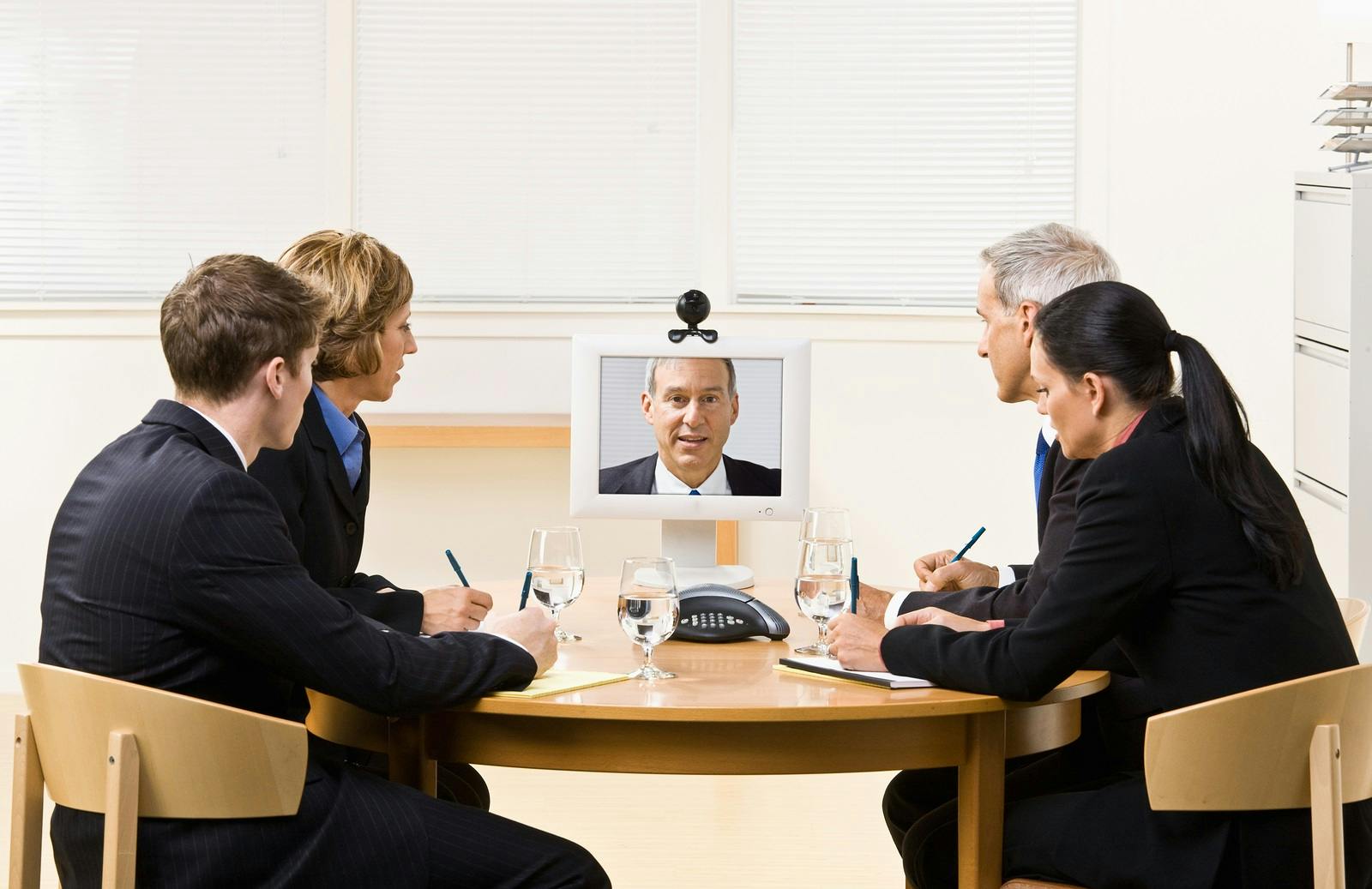Earlier this year, AT&T completed its acquisition of Time Warner in an $85 billion deal that will reshape the media industry. Together, Cigna and Express Scripts will fundamentally change the insurance industry. And Amazon turned retail on its head by acquiring Whole Foods. While these are just three examples, they provide a backdrop to one of the most important parts of a M&A that is often done wrong – workforce communications.
Think about it; there are one million people who were or will be affected by these three mergers alone.
I’ve been lucky to work with several of the Fortune 100 on their organizational transformations for some of the largest mergers in history. The biggest driver of business success from M&A comes down to communication — effective, authentic and personalized — from the C-suite to the front line and back up.
It’s a simple concept but hard to execute. In fact, 70-90% of mergers and acquisitions fail. An additional study by the Boston Consulting Group found that only 39% of those surveyed had any sort of standardized processes for post-merger integration, a time when employee communications is imperative.
It’s not rocket science but it is critical to make sure there is a way to give the right information to the right employee at the right time. Employees will stay productive and engaged when they know how their work lives will be affected by a merger or acquisition, and they’ll continue to help the company thrive and win.
Leaders and communicators need to be able to reach every worker with the right message for them during a time of change. Here are three must-haves to get it right:
1. Targeted, personalized communications
The store manager in Tokyo has different concerns than the general manager in Philadelphia than the plant worker in São Paulo. Every worker needs to and frankly deserves to understand how the merger will affect them. In their own language and targeted to their role and tenure. Since each person has different responsibilities and opportunities for contributions, there is no way a global workforce can be on the same page if they do not understand what the merger means for them personally.
2. Start with video, and then hit the road
We live in a video world. This is not just a millennial insta-story phenomenon. Breaking world news. Sports highlights. And yes, baby’s first steps. If you really want to get your point across, without any extra interpretation, video is the best medium for communication.
The most important M&A communications from the leaders of our global companies are no different. Leaders MUST get comfortable with authentic, short-form video (especially ones that can be watched on a mobile device) to update their workforce on the most critical company news.
After videos – and different videos to different target audiences – they must visit key offices, plants, and stores. They need to continue to show workers they matter. And every employee need to see the faces of leaders – both in video and in person.
3. Celebrate your workers’ stories
A more engaged workforce is more productive. You know that culture drives an engaged workforce. And stories drive culture. Let workers of all levels, tenure, and status share their stories about what the merger means to them. Their past contributions. What they look forward to contributing. Let them share their pride in the company. Take a page out of Love’s Travel Stops.
So, after the many months of negotiations and thousands of hours spent with bankers and lawyers to ensure your merger or acquisition is strategically positioned to drive the strongest business results, do not drop the ball by not communicating appropriately with your workforce. Your M&A success – financially and culturally- depends on it.
